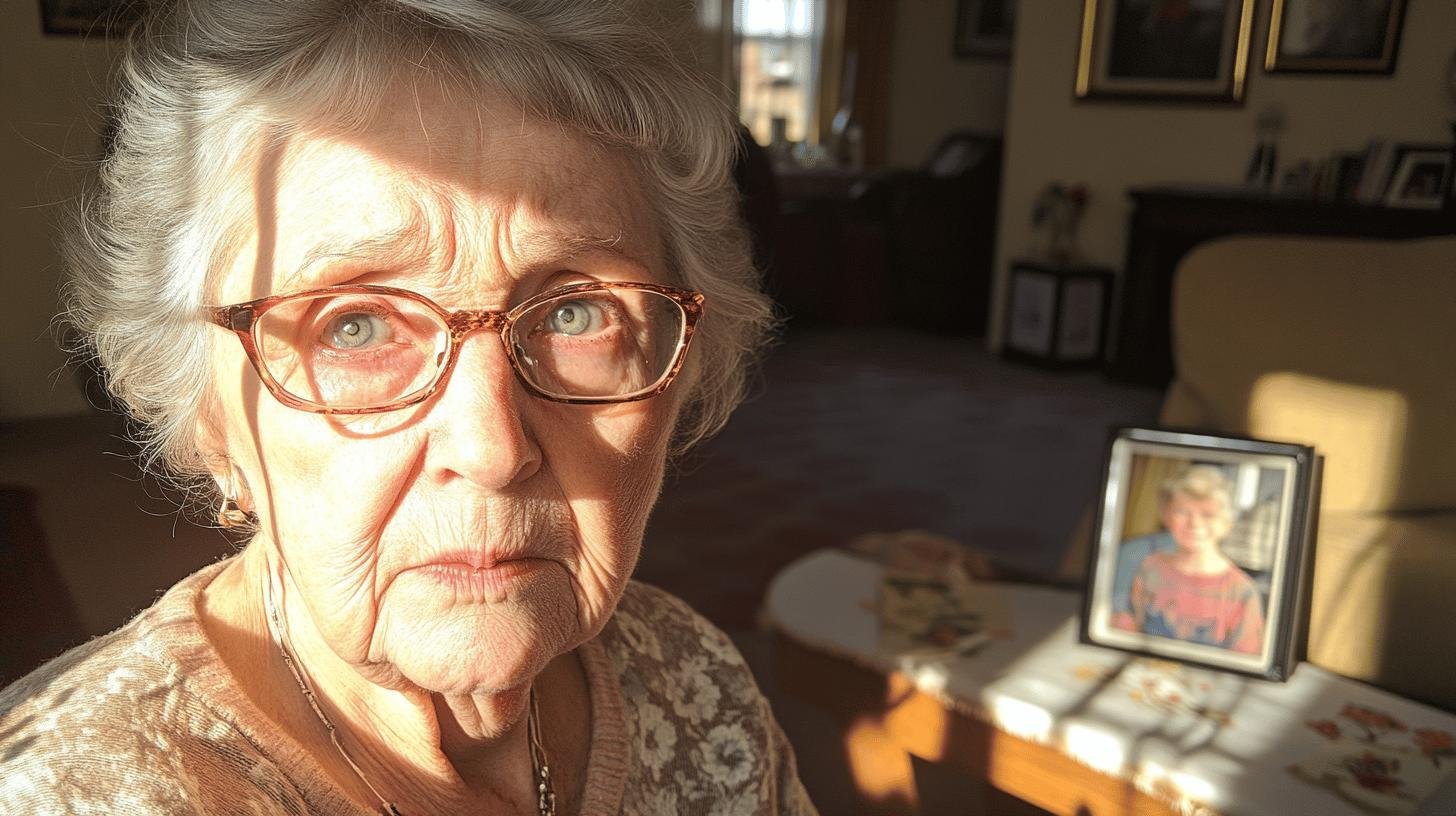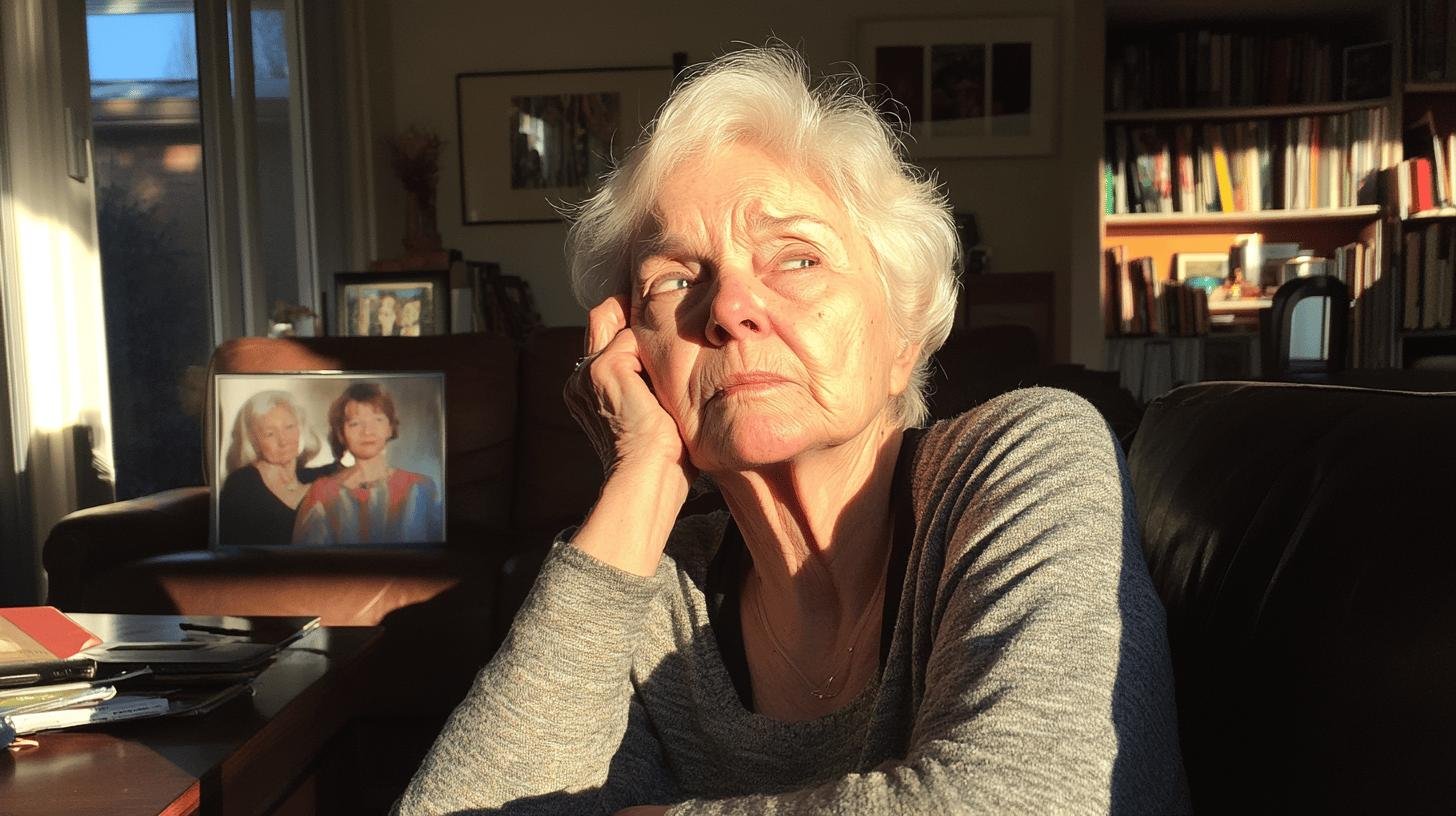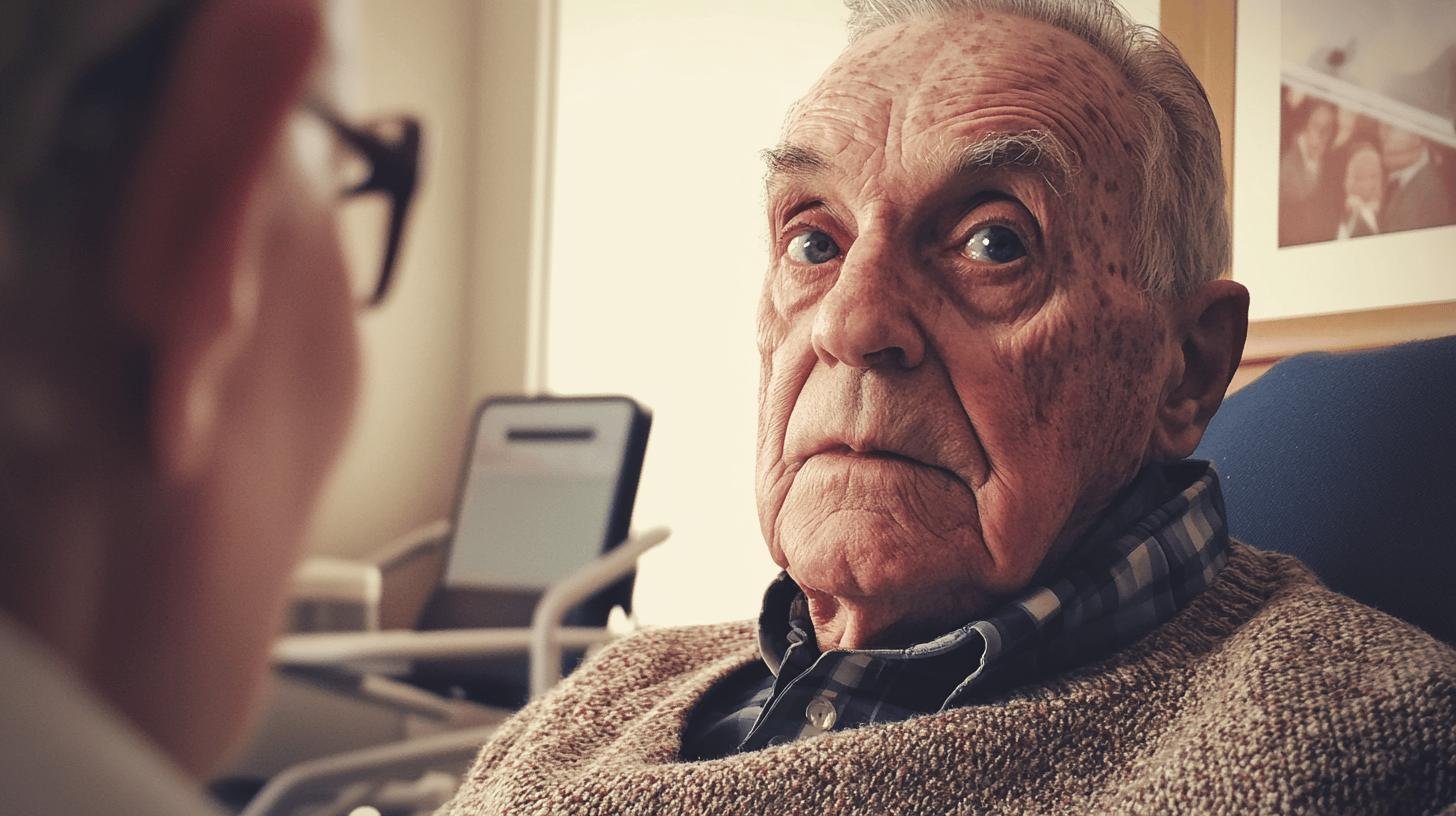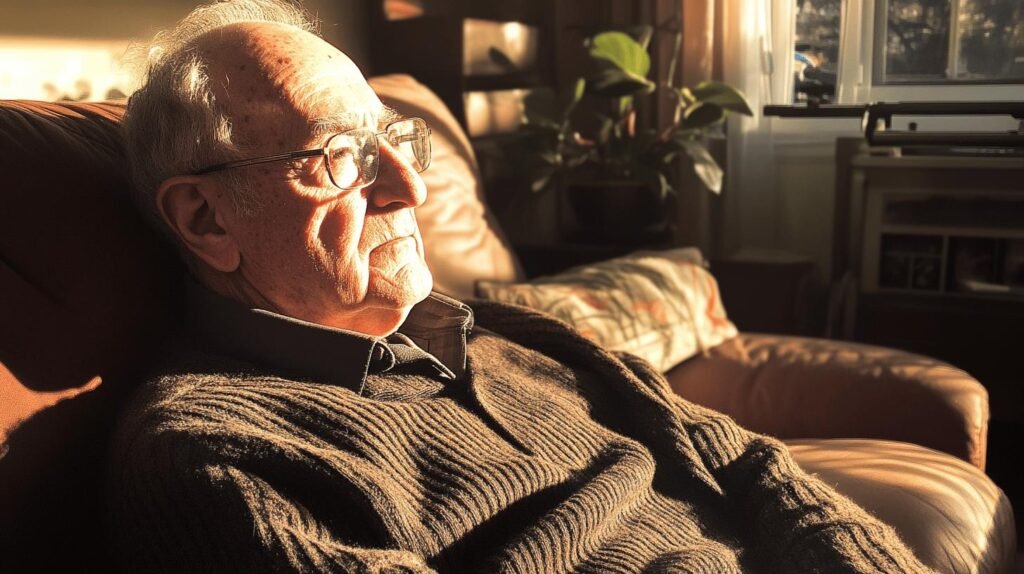TL;DR:
- Common Neurological Disorders: Alzheimer’s, Parkinson’s, strokes, dementia.
- Alzheimer’s: 50-75% of dementia cases; symptoms include memory loss and confusion; no cure, but treatments help.
- Parkinson’s: Symptoms include tremors, slowness, and balance issues; treated with medications like Carbidopa-levodopa and therapy.
- Strokes: occur due to blocked blood flow and require quick medical intervention; prevention includes a balanced diet and managing stress.
- Dementia Types: Alzheimer’s, Vascular Dementia, Lewy Body Dementia, Frontotemporal Dementia; no cure, but treatments and support improved quality of life.
- Direct Primary Care: Offers personalized, affordable healthcare with unlimited access and tailored care plans for seniors.
Ever notice how memory seems to slip away or movement gets a bit shaky as we age? Turns out, it’s not just you—these are common signs of neurological disorders that pop up in people over 65. Which neurological disorders are common in the elderly? Aging takes a toll on our brain and nervous system, making conditions like Alzheimer’s, Parkinson’s, and strokes more likely to crash the party. But why do these disorders become so frequent as we get older? Let’s explore the link between age and brain health so you can spot these issues early and keep living your best life!
Common Neurological Disorders in the Elderly
Which neurological disorders are common among the elderly? Quite a few, indeed. As we age, our brain and central nervous system naturally wear down, increasing the risk of these issues. By age 65, the chance of experiencing a neurological disorder grows significantly. It’s akin to the brain throwing its own little retirement party—but not in a fun way.
Here’s a look at the main culprits:
-
Alzheimer’s Disease is a major player impacting memory and cognition. It’s as if a brain’s filing cabinet gets jammed, making recalling names or recognizing loved ones difficult.
-
Parkinson’s Disease: Known for tremors and movement difficulties, living with Parkinson’s is like trying to dance with two left feet. Muscles can stiffen, and balance becomes challenging.
-
Strokes occur when blood flow to the brain is blocked, leading to sudden weakness or paralysis. It’s like someone hit pause on a TV remote, freezing you in the same scene.
- Dementia is a broad term encompassing symptoms affecting thought and social skills. It’s as if a brain’s Wi-Fi signal fades in and out.
These disorders don’t only affect the brain—they can deeply impact independence and quality of life. Imagine needing help with daily tasks or struggling to remember familiar faces. It feels like life is a puzzle, but some pieces are always missing. Maintaining independence is vital, and though difficult, it is not impossible.
Alzheimer’s Disease in Seniors

Alzheimer’s disease is one of the most common neurological disorders in seniors, responsible for 50-75% of dementia cases. It’s primarily marked by memory loss, confusion, and cognitive decline. Imagine struggling to recall your best friend’s name or finding misplaced keys as if the brain’s search engine is malfunctioning. These symptoms often start subtly and intensify, challenging seniors and their loved ones.
What’s happening in the brain with Alzheimer’s? It’s about plaques and tangles—a bit like a bad hair day. Plaques are clumps of a protein called beta-amyloid, while tangles consist of twisted tau fibers. Picture them as a traffic jam in the brain, disrupting neuron communication. As plaques and tangles accumulate, more brain cells die, worsening cognitive decline.
Early symptoms include:
- Frequent memory lapses
- Difficulty solving problems
- Confusion about time or place
- Trouble with visual or spatial tasks
- Withdrawal from social activities
There’s no cure for Alzheimer’s, but treatments can slow its progression. Medications like acetylcholinesterase inhibitors and NMDA antagonists like memantine can help. Think of these as tools to prevent the brain’s gears from grinding to a halt. While they don’t stop the disease, they improve quality of life and delay symptom worsening, helping seniors retain memory and independence longer.
Understanding Parkinson’s Disease in the Elderly
Parkinson’s disease ranks right after Alzheimer’s in neurodegenerative disorders, presenting a mix of symptoms that disrupt daily life for seniors. It’s like wading through molasses, where slowness of movement is paired with muscle rigidity, akin to invisible rubber bands. Add balance problems and tremors; even simple tasks like walking or dressing become mountainous challenges.
Treatment targets boosting dopamine levels, the brain’s “feel-good” chemical. Medications like Carbidopa-levodopa replace the missing dopamine, while dopamine agonists trick the brain into thinking it has more. MAO-B inhibitors slow dopamine breakdown, giving your brain a pep talk to keep going.
| Symptom | Treatment |
|———————|———————|
| Slowness of Movement| Carbidopa-levodopa |
| Muscle Rigidity | Dopamine Agonists |
| Tremor | MAO-B Inhibitors |
| Balance Issues | Physical Therapy |
Beyond medications, therapy and lifestyle adjustments play vital roles in managing Parkinson’s. Physical therapy maintains mobility and balance, like having a personal coach. Occupational therapy provides strategies to ease daily activities. Embracing a healthy lifestyle—exercise, a balanced diet, and social interactions—enhances well-being. It’s about giving Parkinson’s a run for its money, letting seniors still enjoy life’s dance.
Stroke Risk and Management in Older Adults

Strokes are serious, especially after 65. They’re not just common; they’re like unwelcome guests among the elderly. Ischemic strokes, caused by blocked blood flow to the brain, are the main culprits, leading to disabilities like paralysis or speech issues. Symptoms appear swiftly: sudden numbness, confusion, or difficulty walking—a malfunctioning alarm system that’s crucial to catch early.
Act quickly because time is brain during a stroke. Fast medical intervention is key to minimizing damage. Early hospital arrival allows clot-dissolving agents to restore blood flow, like unclogging a drain. However, this treatment must be given within four hours of onset, so rapid action improves recovery prospects.
Stroke Prevention Tips for Seniors:
- Eat a balanced diet with fruits and vegetables
- Control blood pressure and cholesterol
- Exercise regularly to enhance circulation
- Manage stress with relaxation techniques
- Avoid smoking and limit alcohol intake
Post-stroke rehabilitation aids in regaining lost abilities. Physical therapy boosts mobility and strength, while speech therapy assists if communication is impaired. Occupational therapy focuses on easing daily tasks and helping seniors piece together the puzzle of life post-stroke.
Dementia and Cognitive Decline in the Elderly
Dementia spans a spectrum of cognitive difficulties. It affects thinking, memory, and daily life management—imagine solving a puzzle with missing pieces. The risk increases with age, particularly after 65, making it a significant elderly health concern. Early recognition allows for interventions that slow its progression.
Dementia types vary:
- Alzheimer’s Disease: The most common, marked by memory loss and confusion.
- Vascular Dementia: Often due to small strokes affecting brain blood flow.
- Lewy Body Dementia: Includes hallucinations and sleep disturbances.
- Frontotemporal Dementia: Impacts personality and behavior.
| Type of Dementia | Key Symptoms |
|—————————–|——————————–|
| Alzheimer’s | Memory loss, confusion |
| Vascular Dementia | Impaired judgment, movement problems |
| Lewy Body Dementia | Hallucinations, sleep issues |
| Frontotemporal Dementia | Personality changes, language issues |
While dementia has no cure, strategies manage symptoms and improve life quality. Medications like acetylcholinesterase inhibitors boost brain function slightly, slowing decline. Support systems—family, friends, caregivers—act as a safety net. Mind and body activities, like puzzles and gentle exercise, further help seniors retain as much independence and joy as possible.
The Role of Direct Primary Care in Managing Elderly Neurological Disorders

Treating neurological disorders in seniors poses challenges due to complex health requirements. As we age, recovery becomes harder, and conditions like dementia and Parkinson’s add difficulty. Managing these disorders means addressing the individual’s entire health landscape, requiring coordination like leading an orchestra—balancing medications, therapies, and lifestyle changes.
Direct primary care provides an affordable, personalized option. It’s like having a healthcare buddy without insurance hassles. This model offers a flat fee for unlimited doctor access, fostering longer, quality interactions. Doctors understand patients better, tailoring care plans to their unique needs. This is crucial for seniors needing continuous monitoring and treatment adjustments.
Benefits of Direct Primary Care for Seniors:
- Unlimited healthcare professional access for frequent monitoring
- Extended appointments for thorough care
- Direct communication via phone or email for quick advice
- Personalized care plans focused on individual needs
- Transparent pricing without hidden fees
Direct primary care ensures healthcare feels conversational, not transactional. This approach emphasizes prevention and proactive management, which is crucial for addressing the complexities of elderly neurological disorders.
Final Words
Exploring which neurological disorders are common in the elderly, we found that aging significantly ups the chances of facing conditions like Alzheimer’s, Parkinson’s, and strokes. Each carries its own set of challenges and impacts daily life in the golden years.
Recognizing these issues early provides an edge in tackling symptoms. Approaches like treatments and lifestyle tweaks play a big role in maintaining independence. With Direct Primary Care, seniors can access tailored support, ensuring their peace of mind and well-being.
It’s all about embracing preventive care and living a healthier life ahead.
FAQ
At What Age Are Neurological Conditions Most Common?
Neurological conditions mostly emerge after the age of 65. The brain and central nervous system naturally face wear and tear as we age.
What Are Common Neurological Disorders in the Elderly?
Alzheimer’s disease, Parkinson’s disease, strokes, and various types of dementia are prevalent in the elderly, impacting their cognitive and physical functions significantly.
What Neurological Disorders Cause Falling?
Parkinson’s disease and strokes can lead to balance problems, making falling a risk for older adults.
What Is a Common Neurological Disease in the Elderly?
Alzheimer’s disease is most common among the elderly, characterized by memory loss and cognitive decline.
What Are the Most Common Neurological Symptoms?
Typical neurological symptoms include memory loss, slow movement, balance problems, and muscle rigidity.
What Are the Top 3 Common Nervous System Disorders?
Alzheimer’s disease, Parkinson’s disease, and stroke rank as the top three nervous system disorders affecting the elderly.
What Symptoms Indicate a Brain Nerve Problem?
Symptoms like memory issues, tremors, balance challenges, and confusion hint at potential brain nerve problems.
Now you know the basics of neurological conditions in the elderly. Keep an eye out for symptoms and seek medical advice if needed.

